Bird populations are experiencing staggering declines, but there are simple things you can do to help them rebound. Helping birds also benefits our health and economy. Check out some ways you can help, and for fun, try to guess the birds in the Tuesday Tweet video below.
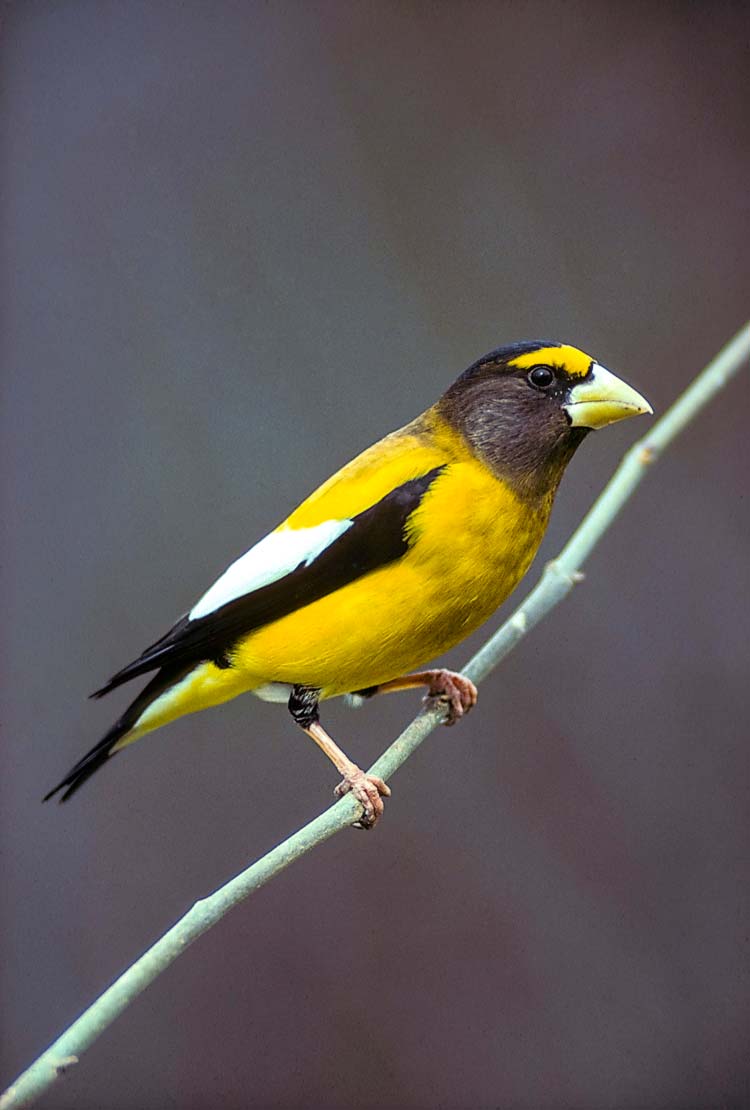
Evening Grosbeaks have experienced a 90% population decline.
We Love Our Birds
One bright spot during recent quarantine days has been a renewed love and appreciation for birds. With less places to go and more time to spend, people have been rediscovering their own yards and neighboring parks and wild places. Experiencing the sights and sounds of avian life have been entertaining, edifying, and stress reducing.
Bird Trends
While our travels were curtailed, the birds spring migration was still on schedule. Migrating songbirds from exotic locations were passing through with bold colors and songs. What might have gone unnoticed in all this birdwatching, was that there are less birds around today than 50 years ago. Significantly less. According to a recent study in the journal Science, there are nearly three billion less birds in North America since 1970. That’s almost a 30% decline. And close to a third less birds in our backyards, grasslands, and forests. Less warblers, sparrows, and finches.
The research used citizen bird counts like the North American Breeding Bird Survey and Audubon’s Christmas Bird Counts as well as over a decade of data from NEXRAD weather radar stations. One surprising note was the loss of abundance across nearly every habitat and the inclusion of many common species, those neighborhood dwellers and feeder visitors. Some of the major causes for these declines include loss of habitat-places where birds feed, nest, and rest on their journeys, toxic pesticides, cats, and window collisions.
How You Can Help
The good news is that once problems are identified, solutions can be applied. Past conservation efforts have helped raptors, notably the bald eagle, and woodpeckers rebound. Waterfowl hunters and private landowner efforts to restore wetlands has helped bring an increase in ducks and geese.
That’s good news for bird lovers who want to help our feathered friends. Helping birds and their habitats also benefits our physical and mental health, water quality, home values, and tourism.
As MDC’s State Ornithologist, Sarah Kendrick says, “Birds are awesome, bird populations are declining, and there’s ways you can help. There’s something everyone can do. There are 7 simple actions you can do to help them outlined at 3billionbirds.org." We've highlighted three below.
Simple Ways to Help Birds
- Make Windows Safer, Day and Night: Break up reflections to cut down on window strikes with stickers, film, or screens on the outside of windows.
- Reduce Lawn by Planting Native Species: The U.S. has 63 million acres of lawn. Native plants attract native insects, which provide the best food for birds and their young.
- Watch Birds, Share What You See: Bird watchers are one of science’s most vital sources of data on how the ecological world is faring. Join monitoring efforts like Christmas and Backyard Bird Counts. Learn birds by sight and sound and record them on ebird.
You can have fun while learning bird sounds and sights by checking MDC's Instagram for our Tuesday Tweet. These highlight various birds that are out and what they sound like as well as fun facts. See if you can guess before the video reveal below.
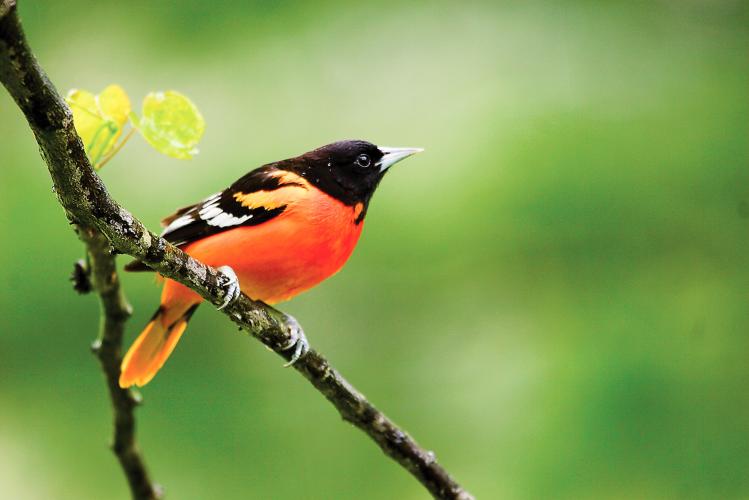
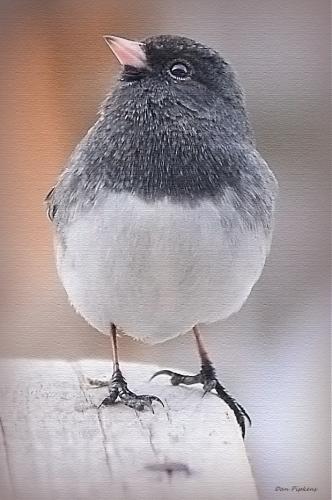
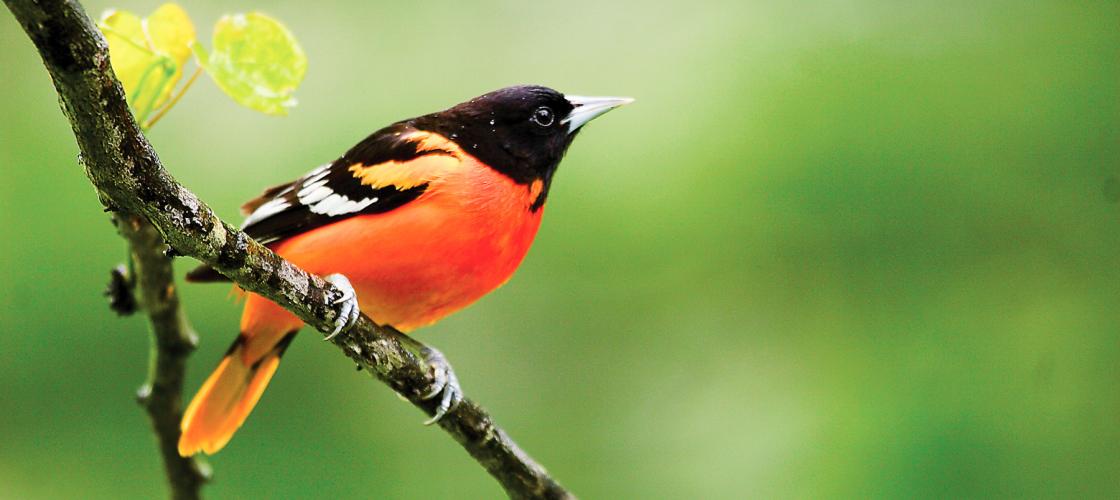
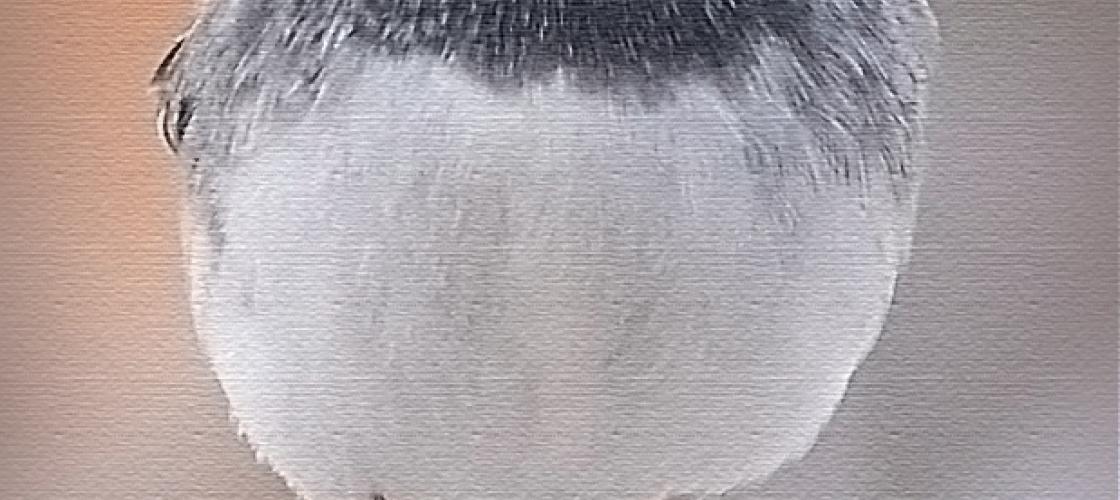
Recent Posts
























